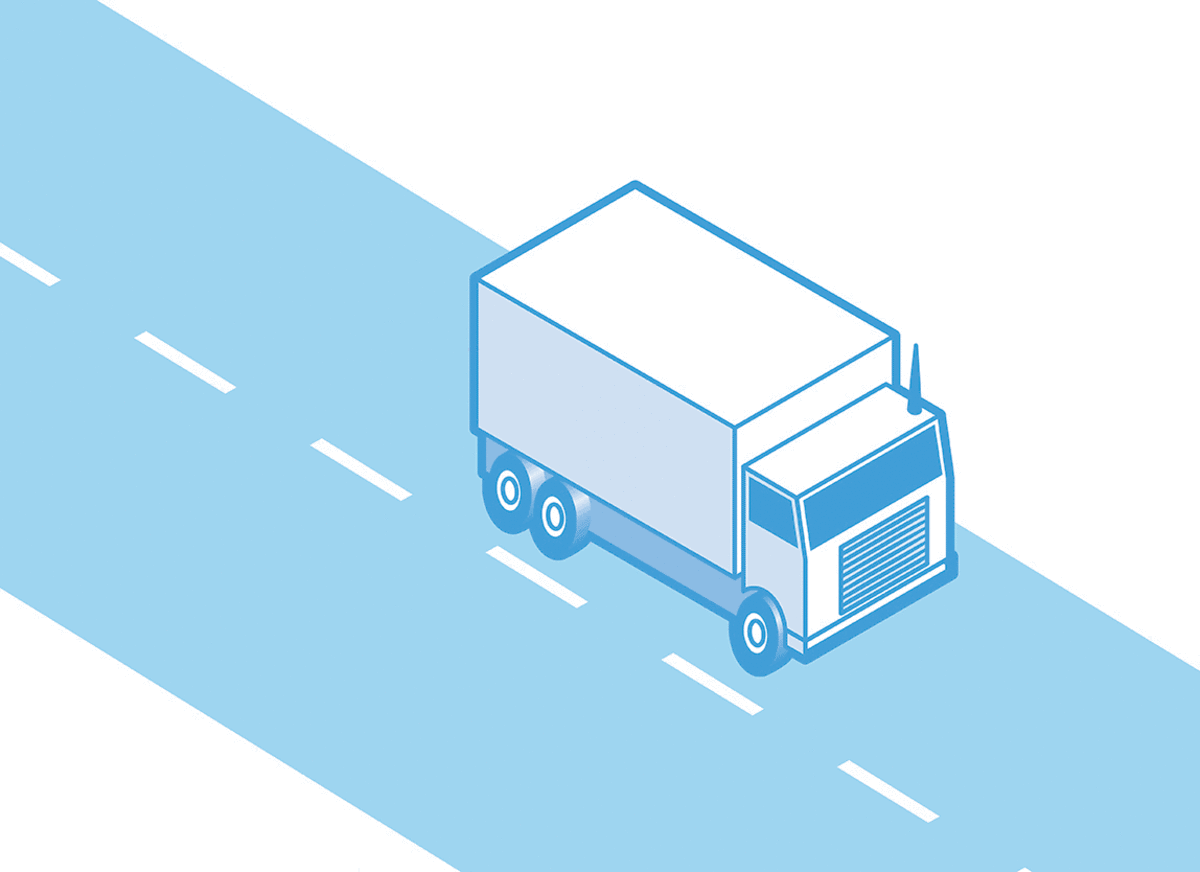Overcoming the cost of congestion

According to research in a recent article in www.thetimes.co.uk our roads in the UK are the most congested and gridlocked in Europe. Drivers are now spending an average of 32 hours a year stuck in traffic. Based on my experience over the last 12 months this may be understated!
The study said that London was the world’s seventh-most gridlocked city and congestion was costing the economy £31 billion a year in wasted fuel and lost productivity.
Speeds on the most congested roads in London have now dropped to just 4mph at peak times. It is almost quicker to walk! Drivers in London spent 73 hours in traffic and the North Circular was named as the city’s most congested road. Commuters in London spent 23 per cent of their travelling time in congestion; however Exeter was named as the hardest city to cross in Britain with drivers spending 25 per cent of their journeys in congestion with an average speed of 4.6mph. The most congested cities in the UK also include Manchester, Aberdeen, Birmingham and Edinburgh.
The continued growth in online shopping and home delivery is increasing the number of vans in urban environments and things are likely to get even more challenging for commercial road transport operators.
The position is unsustainable. The cost of congestion to road transport operators is significant and simply can’t be ignored in the current economic climate. So what can be done?
Money is being spent by the Government of road improvement schemes to ease congestion but this alone will not have a great impact on the problem. Congestion charges to improve air quality in cities may also have a positive impact on congestion but at a financial cost to operators which would have to be passed on to customers. Drones could play a part but the security of the actual goods being delivered and people will be an issue.
Technology and advanced route optimisation software can help. John Lewis Partnership increased their home delivery capacity by 35% without adding to the fleet! Imagine the cost, time and effort required if you wanted to increase capacity by 35% by adding vehicles and drivers.
Fleet management systems increase the level of automated decision making within transport departments. This reduces manual effort and accelerates decision making to provide an opportunity to eliminate the need for some journeys and to move ahead with planning to take advantage of lowest congestion times for journeys.
Contact us to discover how you can overcome the cost of congestion by increasing capacity without adding drivers and vehicles.
Research Source: Inrix Global Traffic Scorecard
